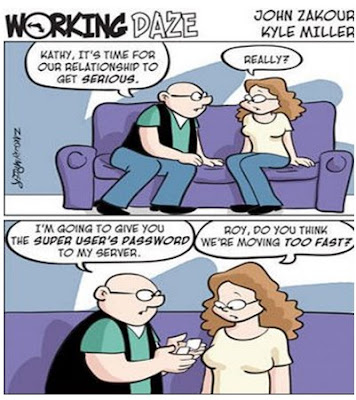
E-currency refers to a variety of payment mechanisms used to make payments at retail outlets and over the internet through computer based communication technologies. The Bank for International Settlements has defined electronic currency as the monetary value measured in currency units stored in electronic form on an electronic device in the consumer’s possession. A working definition of e-currency in Malaysian context is taken to include electronic purse initiatives such as MEPS cash and stored value card such as Touch ‘n Go cards.
The first attempt of e-currency implementation in Malaysia was in 1999 with the introduction of MEPS cash in Klang Valley. The facilities to reload the cards with cash was limited, the outlets where MEPS cash was accepted was also few in numbers. However, the situation is quite different today where almost every ATM machine in the country is equipped with the ability to reload MEPS cash.
 Another implementing e-currency in Malaysia came in the form of the Touch ‘n Go cards offered by Rangkaian Segar which is a private company. The Touch ‘n Go cards were originally intended for toll payments along the Malaysia highways. The cards may either be linked to ones credit or bank card with automatic reload facilities to a stipulated maximum level once the amount on the cards fall to a predetermined minimum level. The cards can be reloaded at some of the toll booths or at some banks’ ATM terminals. Despite the availability of these cards, it is not surprising to find long queues during peak hours along the cash booths along the local highways. Nevertheless, it is interesting to note that today, the Touch ‘n Go cards are also used for other payments such as parking bays, train and bus fares.
Another implementing e-currency in Malaysia came in the form of the Touch ‘n Go cards offered by Rangkaian Segar which is a private company. The Touch ‘n Go cards were originally intended for toll payments along the Malaysia highways. The cards may either be linked to ones credit or bank card with automatic reload facilities to a stipulated maximum level once the amount on the cards fall to a predetermined minimum level. The cards can be reloaded at some of the toll booths or at some banks’ ATM terminals. Despite the availability of these cards, it is not surprising to find long queues during peak hours along the cash booths along the local highways. Nevertheless, it is interesting to note that today, the Touch ‘n Go cards are also used for other payments such as parking bays, train and bus fares.
Although e-currency can provide many benefits such as convenience and privacy, increased efficiency of transactions, lower transactions fees, and new business opportunities with the expansion of economic activities on the Internet, there are many potential issues with the use of e-currency. The transfer of digital currencies raises local issues such as how to levy taxes or the possible ease of money laundering. There are also potential macroeconomic effects such as exchange rate instabilities and shortage of money supplies. These issues may only be addressable by some type of cyberspace regulations or laws that regulate the transactions and watch for signs of trouble.






























